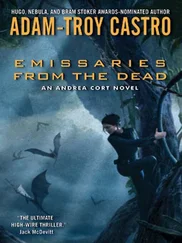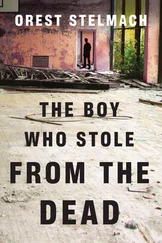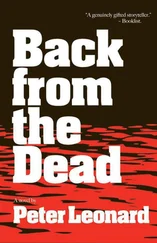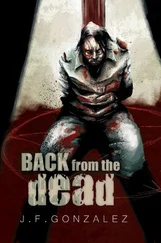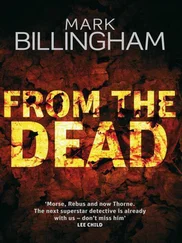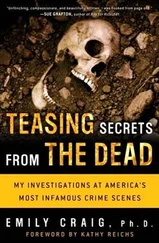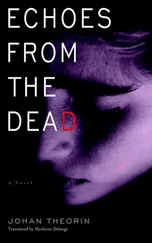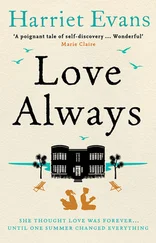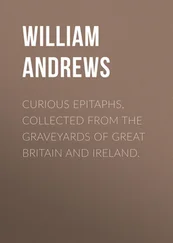FBI Special Agent Barry Black met me at the Will Rogers World Airport and whisked me straight to the medical examiner's office. Oklahoma City Chief Medical Examiner Dr. Fred Jordan and his colleague Dr. Larry Balding welcomed me and showed me into their autopsy suite, where the mysterious leg was waiting.
“It's up to you now, Emily,” Barry told me. “I'll check back with you in about an hour and see how you're doing.”
I took a deep breath and thought for a moment of the 168 lives that had been lost in the bombing, and of Timothy McVeigh and Terry Nichols, who were now in custody and charged with that crime. Then I put all thoughts of crime out of my mind and began examining the leg. Until I had finished this task, I was solely and purely a scientist.

The Oklahoma City case had begun on the morning of April 19, 1995, when hundreds of people were busy inside the Murrah Federal Building. Some of them were federal agents, but most were civilians, working for federal agencies, mopping the floors, or maybe even filling out applications for those jobs. Visitors in the building were applying for Social Security benefits or filling out passport applications or dropping their kids off for a day of supervised play at the day-care center housed in the building's front corner.
Then, at 9:02 a.m., a massive truck bomb exploded just outside, destroying the building. Emergency teams launched a massive rescue and recovery effort and managed to evacuate hundreds of injured and frightened victims, but after the dust settled, 168 people were still unaccounted for, including 19 children. Fifteen of those children had been at the day-care center. The other four had been inside with their parents.
An investigation of the crime began immediately, even as the medical examiner started an all-out effort to find and identify the bodies and body parts that remained within the building. Meanwhile, the FBI called in the forensic anthropologists at the Smithsonian Institution and AFIP. This was, after all, a terrorist act and a mass homicide, so the FBI's concerns went way beyond simply identifying the victims. They wanted to recover and document every piece of evidence so that they could use it to prosecute whoever was responsible for this terrible crime.
The medical examiner's office also had the services of Dr. Clyde Snow, a world-famous forensic anthropologist who had served for many years as their consultant. When the widely respected Dr. Snow wasn't in South America investigating the deaths of “the disappeared”-victims of the death squads in Argentina's political wars in the 1970s-he was handling cases for the medical examiner, and he began working nonstop to help identify the victims. With the invaluable assistance of the entire medical examiner's staff and local rescue workers, investigators had managed to recover and identify all but three of the victims by the end of May.
When I heard about their efforts, I had a sudden image of how painful the death analyses on those victims must have been. Many of the people investigating these deaths lived in and around Oklahoma City -as did the victims. Very likely, the people dealing with the remains were looking at the torn and broken bodies of people they knew-colleagues, neighbors, friends. I had never had to perform an autopsy on someone I had even met, let alone become close to, and I could only imagine how painful such an experience would be.
By the end of May, recovery workers had pulled so much rubble out from the base of the bombed-out building that engineers felt it wasn't safe to continue digging. They believed that the bodies of three victims still remained in the building-but the only way to get them out was to implode the building, to avoid the danger of it collapsing on the rescue workers. Then workers would dig their way through the rubble to recover the remaining bodies. Of course, the imploding building might further damage the remains. But that was a chance they would have to take.
Although they couldn't reach the bodies, investigators already had a pretty good idea of where they were. So on May 29, they applied some brightly colored spray paint to the area they could reach and backed out to allow the engineering experts to bring down the rest of the building. Hopefully, the spray paint would help lead them to the right portion of the rubble once the building went down.
And indeed it did. After the implosion, rescue workers quickly found the three remaining bodies and pulled them from the rubble. At the bottom of this massive pile of rubble they also found a portion of a decomposed leg. But no one could match this leg to any of the bodies that had already been recovered.

Meanwhile, the search for the perpetrators had continued. Within two days of the bombing, an observant state trooper pulled over a yellow Mercury because it didn't have a license plate. The driver, Timothy McVeigh, was arrested about eighty miles north of Oklahoma City and put in the local jail for a number of reasons unrelated to the bombing: because he didn't have a license plate, or proof of insurance, or a license for the concealed pistol the trooper spied hidden under his arm. Just moments before McVeigh was scheduled to be released on bail, investigators sharing information via state computer links connected him to the Oklahoma City bombing, so his jail time was extended until the FBI could explore this connection. Soon a federal grand jury had indicted McVeigh for the bombing of the Oklahoma City Federal Building.
People who knew McVeigh described him as a white supremacist and advocate of the right-wing militia movement. Investigators soon concluded that McVeigh was responsible for the bombing-but he hadn't done it by himself. Police eventually arrested and charged Terry Nichols, another alleged white supremacist and militia supporter.
McVeigh was headed for trial, where his team of lawyers was likely to suggest that yet another person had been involved in the bombing-a man who soon became known as John Doe #2. Before McVeigh was arrested, the police had found an axle from the rented Ryder truck that had held the bomb. They managed to link the truck to a Ryder rental agency in Kansas, where they interviewed the rental clerks involved. Clerks told police that they thought they'd seen two men together. John Doe #1 turned out to be McVeigh. But who was the mysterious John Doe #2? It probably wasn't Nichols. He reportedly was hundreds of miles away at the time. So McVeigh's lawyer tried to suggest that this third man-who has not been found to this day-was the real mastermind behind the bombing, with McVeigh and Nichols merely his pawns.
Then lead defense attorney Steven Jones found out about the mysterious “extra leg.” In his book about the trial, Others Unknown, he claims to have made this discovery by accident, sometime during the summer, when an Oklahoma state trooper leaked the information to him. Jones, in turn, leaked the story to the Dallas Morning News and to Time magazine. Time publicized the fact that an “extra” unidentified leg existed and, suddenly, this body part became the focus of a nationwide controversy.
Jones claimed that the leg could be helpful to his case, as it might have belonged to the “real” architect of the Oklahoma City bombing. According to him, federal prosecutors had deliberately-and improperly-withheld from him information about this leg, which he argued belonged to a White man wearing military combat gear.
In fact, the forensic experts had initially thought that the leg was from a White man, but they weren't absolutely certain. They weren't being evasive-they simply couldn't tell for sure. Since the limb had been discovered, it had been analyzed first by experts in the Oklahoma City medical examiner's office and then by FBI specialists from Washington, D.C. At both levels, forensic scientists found a certain amount of ambiguity in the evidence that caused them to revise their findings.
Читать дальше



